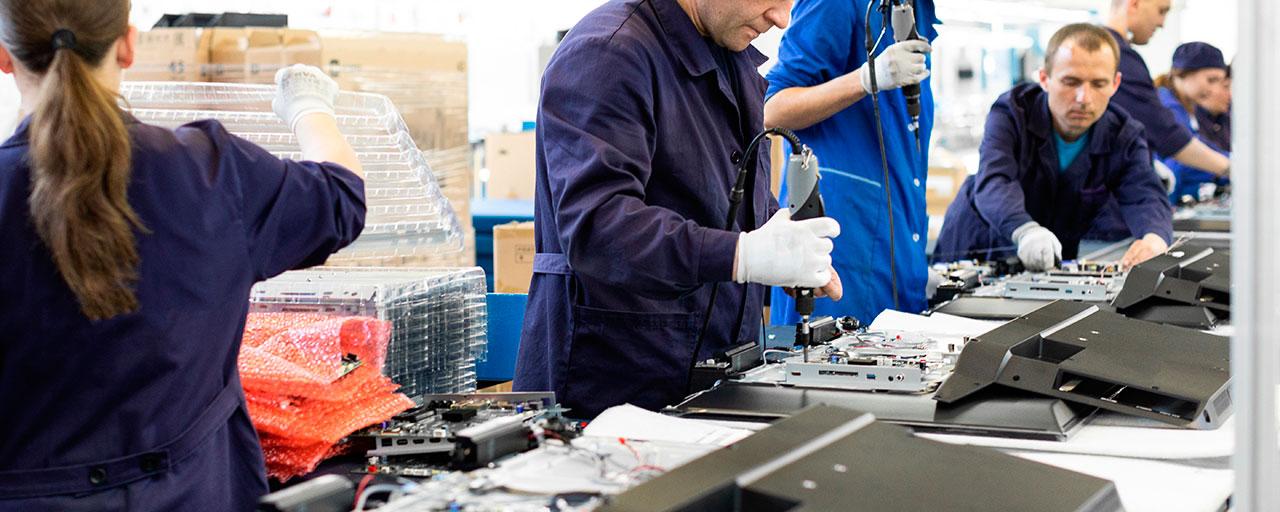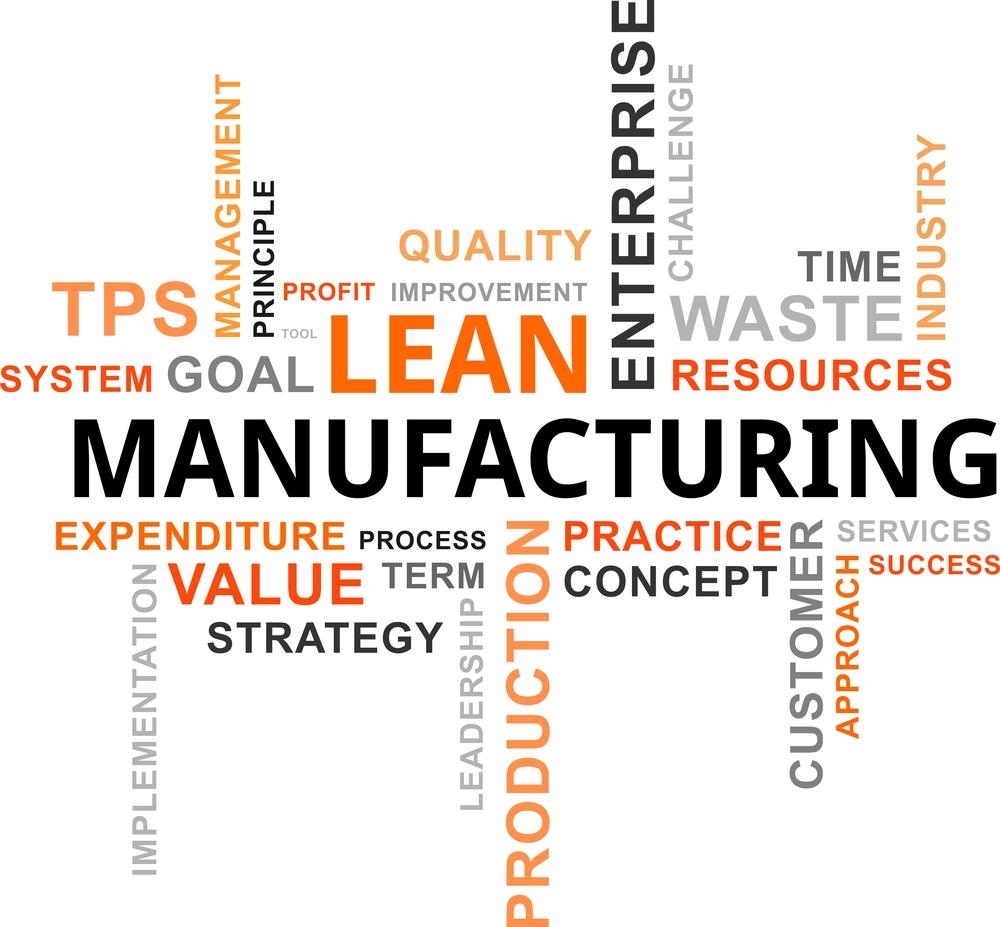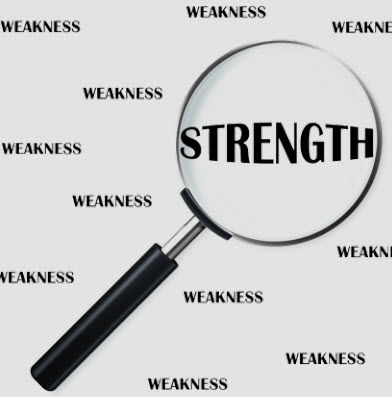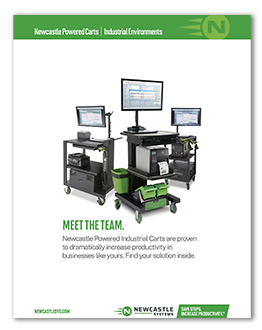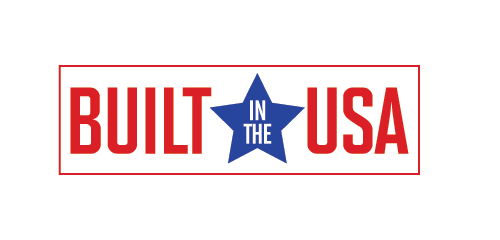While it’s important for lean consultants to stay on top of current trends in lean manufacturing, it is difficult to keep up with advances in technology and new opportunities. For instance there is new warehouse cart technology available that reduces waste. Here are five new trends in lean manufacturing we believe you will want to know about:
1. Strength-Based Lean Thinking
Most applications of lean thinking begin with an assumption that there is a theoretical “perfect state” for each organizational process and that the current state deviates from the perfect state due to inefficiencies and waste.
The strength-based approach to lean has a different focus. Instead of focusing on what is not working and inefficient, it teaches how to identify what is already working efficiently and generates value in existing processes and systems (this is called “strength focus”).
The strength-based approach to lean is more natural to work with and more sustainable in the long term.
Leveraging current or past knowledge, and accessing experiences and successes from within the system, are great resources for the next generation of improvement initiatives. They also provide motivation for everyone to face the challenges and opportunities ahead.




